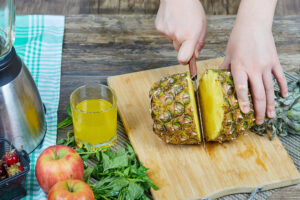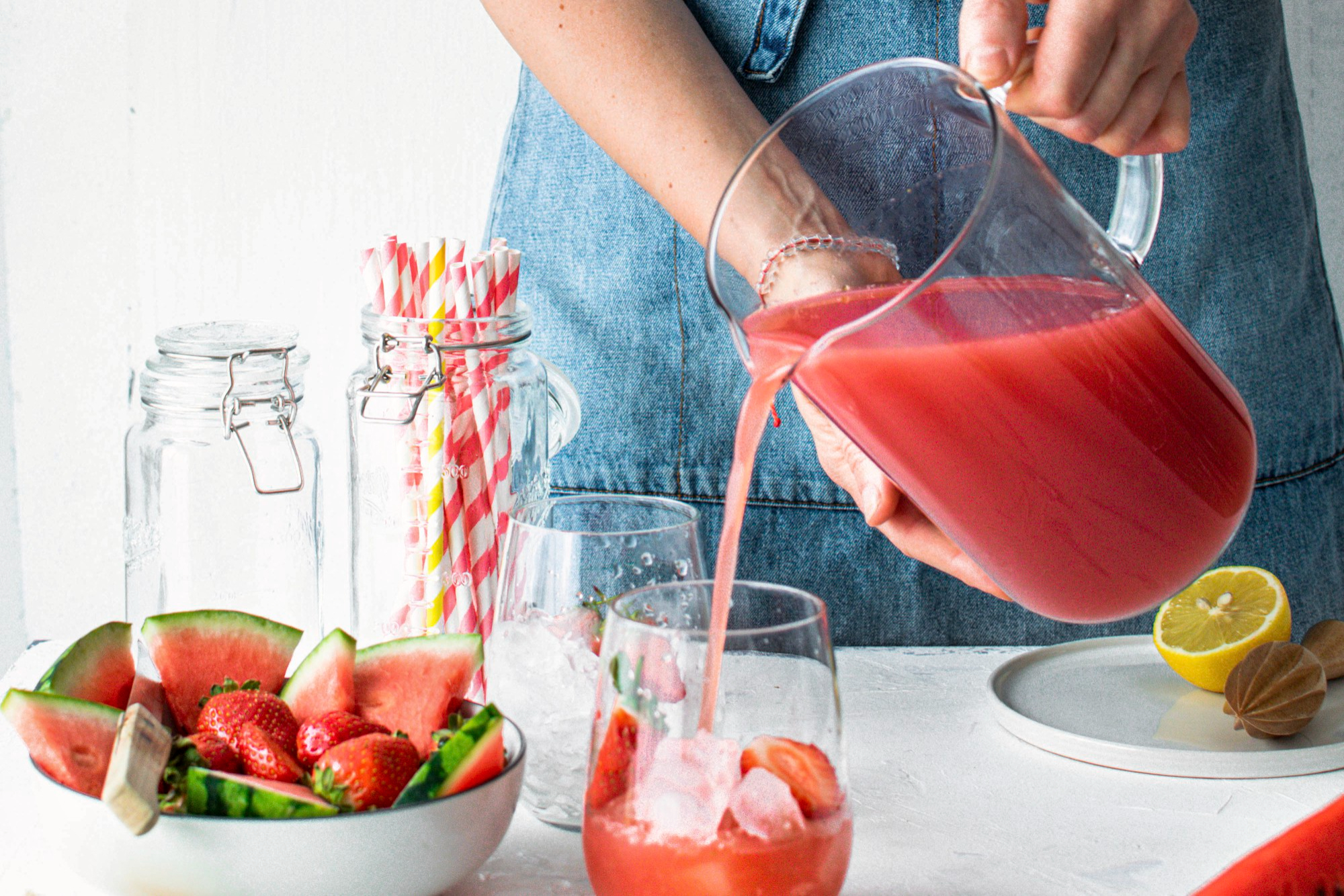Whether you only use your blender on rare occasions or have a smoothie for breakfast every day, a little simple maintenance will keep it working smoothly for a long time. Blenders can easily wear out if they are not properly maintained. Kitchen blender maintenance is critical if you want to use your blender for a long time.
A blender is essential kitchen equipment, and most homemakers look for the best juicer blender to complement their other kitchen gadgets. It may serve you for a variety of reasons and should be more than just a showpiece in your kitchen.
When used properly, a blender may provide the best juicing results while also being good for the user’s general health. Blenders are essential in our daily lives because our kitchen would be incomplete without them. It is one of your kitchen’s most multipurpose appliances.
It can chop, mix, puree, and liquefy to your desired consistency. It will last longer and function more efficiently for you if you use it safely and maintain it.
Here are some kitchen blender maintenance tips
- Assemble all blender parts properly before use.
Each time you use it, make sure all of the parts are secure and follow any directions for correct assembly in the blender’s user manual. Make sure the blade is tightly tightened in the blender’s base, and the glass or plastic container unit (also known as the carafe) is firmly positioned in the motorized base unit.
If the blender is assembled incorrectly, it will not function properly, and loose pieces may get lost and cause harm to the blender.
- Blend appropriate foodstuff
Blenders are used to chop or grind soft fruits and vegetables, as well as liquid foods. The efficacy of the blades will be hampered and the sharpness of the blades will be harmed if we use hard or solid foods. As a result, it should only be used for liquids and soft foods.
On the other hand, if it is used for non-food uses, the blender may be irreparably damaged. As a result, becoming aware of it. Instead, invest in a separate, low-cost blender that you won’t mind losing.
- Cut up larger pieces of food.

Before putting large chunks of food into the blender, cut them into smaller pieces, such as watermelon, apple, or any major citrus fruit. Because smaller bits or chunks mix more easily and rapidly than uncut huge food items, make sure each one is 2 inches or 13 centimeters in size.
Adding fluids to the mixture can also be beneficial. If enough liquid is supplied to the mixture, the blending process will be more efficient; otherwise, the mixture will be too dry, and the paste will push up away from the blades.
- After each usage, wash the blender jug.
Unplug the blender and remove all of the attachments before cleaning it. The finest blender cleaning tip we can give you is to clean it right after you use it. You don’t have to clean it completely right away, but you should at the very least rinse it. This will make cleaning a lot easier and will keep food particles from adhering to the blender.
Adding a mixture of warm water and a few drops of dishwashing solutions to the empty jar is an easy way to clean it. Press and hold the pulse button for 5 seconds before fully rinsing it. You can repeat this process several times to create a sticky mess. It is possible to separate the blades if they are detachable.
It’s critical to clean the pitcher after each use because food particles and moisture can harm just about anything. They can wear down surfaces over time, particularly if you’re working with acidic fluids like orange or other citrus juices.
- Carefully clean the blender blades
If you sharpen your knives, you should sharpen the blades on your blenders as well.
If you take good care of your blender’s blades, you won’t have to worry about having them replaced on a regular basis. If you properly care for and clean your blender blades, they should endure for several years!
Remove the blender jar from the motor base before you begin cleaning the blades. Clean it well with dish soap and water after removing the blades. Remove any remaining food particles with a sponge or toothbrush.
After that, give it a thorough rinse before allowing it to dry. Before returning it, make sure there is no moisture left, as this could cause the motor to fail or mold to grow. This is only possible with blenders that have removable blades.
Fill the blender jar with one-third warm water and a drop or two of light dish detergent for blenders without replaceable blades. After that, you run the mixer at medium speed for a few seconds. After that, you can clean the blender by rinsing it with fresh water.
The blades of a blender cannot be sharpened after they have become dull. Replacement blades can be found by contacting the manufacturer and inquiring about replacement parts, or by looking online.
- Dry and store blender in a safe place
After washing, place the pitcher upside down in an appropriate location and wait a few minutes for it to dry completely before storing it. Before storing your appliance, try to remove any moisture. When it comes to the blender’s health, this is critical.
You Can Also Read:


